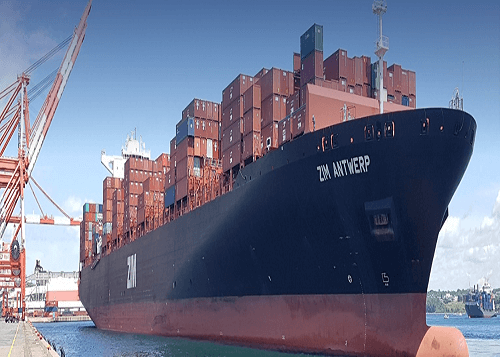The Impact of Urban Motorisation on Harare and Climate Resilience
The increasing levels of motorisation in Harare have led to a congested and polluted central business district (CBD), which significantly hinders timely access to work and other essential social services. This growing problem not only affects daily life but also poses a serious challenge to Zimbabwe’s efforts to build resilient mechanisms against climate change while pursuing sustainable development. Given the country’s vulnerability to climate change, it is crucial to align with international commitments such as the Paris Agreement, which aims to reduce emissions by 2030.
With current levels of congestion and rising transport-related pollution, achieving sustainable development and meeting the goal of becoming an upper-middle-income economy by 2030 will be extremely difficult. Transport has become the second-largest contributor to CO2 emissions in Zimbabwe, accounting for 25% of total emissions since 2010. If no action is taken, it is projected that transport could become the leading source of emissions by 2030.
Tolong support kita ya,
Cukup klik ini aja: https://indonesiacrowd.com/support-bonus/
Urban Poverty and Climate Vulnerability
Accessibility challenges in urban areas, particularly in Harare, are now seen as key dimensions of urban poverty. Zimbabwe ranks among the most vulnerable African countries to climate change, a situation worsened by multiple stresses such as inadequate infrastructure in transport, energy, ICT, water, sanitation, and irrigation. Prolonged droughts, unpredictable rainfall, and extreme temperatures have damaged existing and new infrastructure, disrupting progress in development. The agricultural sector, a vital part of Zimbabwe’s economy, has been severely affected by these changes.
To address these issues, the government has introduced policy frameworks aimed at reducing greenhouse gas emissions and fostering resilience in critical sectors like agriculture, mining, and manufacturing. These include investments in renewable energy, efficient water management, and climate-smart agricultural techniques. However, additional measures are needed to ensure long-term sustainability.
Implementing Congestion Pricing and Promoting Walking
One potential solution is the introduction of a congestion tax, which involves charging vehicles entering designated areas during peak hours to reduce traffic and pollution. This approach has been successfully implemented in cities such as Singapore, London, Stockholm, Milan, and New York City. A congestion tax can help manage road space demand, reduce delays, and lower emissions.
In addition to a congestion tax, promoting walking as a mode of transport can contribute to decongestion and environmental sustainability. Encouraging pedestrian-friendly infrastructure, such as safe sidewalks, lighting, and crossing points, can make walking a viable alternative in Harare’s CBD.
Benefits of a Congestion Tax and Walking Initiatives
Implementing a congestion tax and promoting walking can bring several benefits:
- Reduced Traffic Congestion: Higher costs during peak hours may encourage people to use public transport, cycling, or walking.
- Improved Air Quality: Fewer cars on the road can lead to lower emissions, improving public health and reducing the burden of respiratory and cardiovascular diseases.
- Increased Efficiency: Better traffic flow can reduce travel times and improve the efficiency of deliveries and vehicle usage.
- Revenue Generation: The funds collected from a congestion tax can be used to improve public transport and invest in pedestrian infrastructure.
- Climate Solutions: Reducing vehicle numbers can lower greenhouse gas emissions, helping to mitigate global warming.
Challenges and Considerations
Despite these benefits, there are potential challenges. Implementing a congestion tax requires advanced technology such as cameras and electronic tolling systems, which may be lacking in developing countries. Additionally, the tax could disproportionately affect low-income individuals who rely on personal vehicles. Public resistance and political challenges may also arise if the population does not fully understand the benefits.
To ensure success, local authorities must prioritize the development of accessible and safe walking infrastructure before introducing a congestion tax. This includes creating vehicle-free streets, removing vending from sidewalks, and investing in climate-tolerant pathways.
Conclusion
The socio-economic costs of continued congestion in Harare are high, and without effective policies, the situation is likely to worsen. Ensuring that future infrastructure is both congestion-free and climate-resilient is essential for sustainable development. A congestion tax should be considered as part of Zimbabwe’s broader strategy, especially as the country works towards implementing its National Development Strategy (NDS) for 2026–2030.







